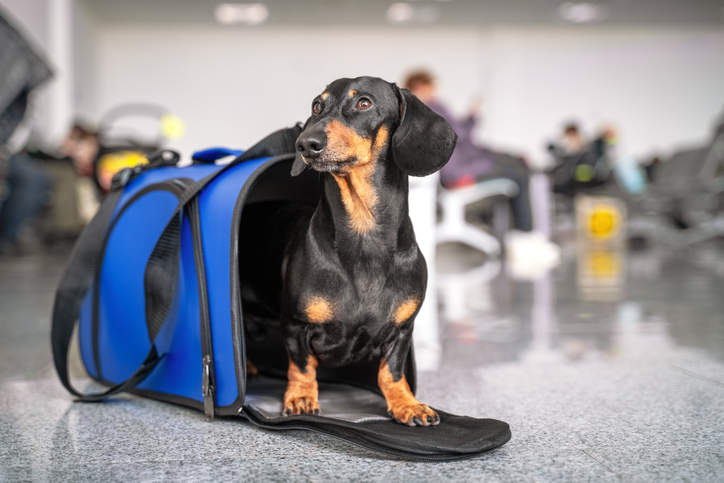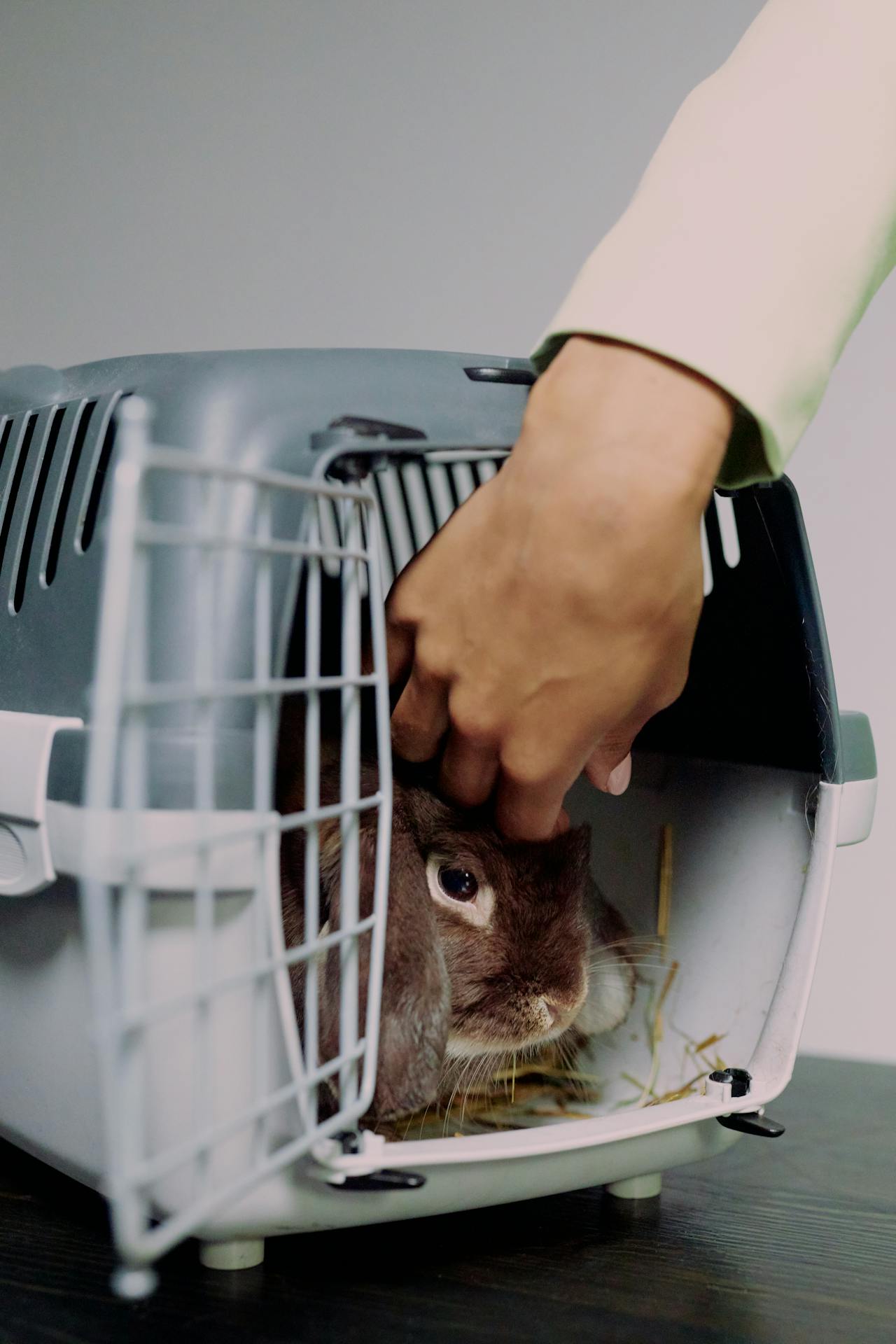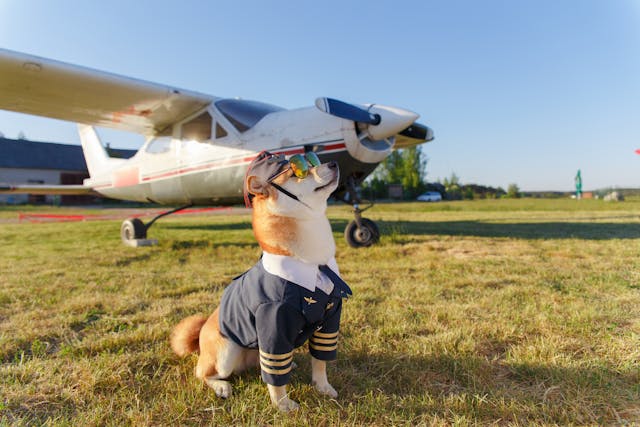International Moving | Resources
I hope this article on 5 Tips For Moving Overseas With Animals helps you with your journey!
You just received an offer for the job of your dreams and it’s in a brand-new country! As you pop the champagne, a wave of emotions and ideas rush over you. You’ll finally get to see Europe and experience a new culture. Maybe you’ll learn a new language, meet new people, or discover a new passion. The possibilities are truly limitless.
Uprooting your life and moving to a new country is already stressful, but if you have pets, that to-do list can get pretty long. To help you with this and make for a smooth transition, we’ve put together five tips for moving overseas with animals.


After getting all of the necessary information from your consulate, you’ll want to contact the airlines that you will be using. Most airlines have regulations for transporting animals internationally, so it’s important that you contact representatives directly.
Do you have to take multiple flights to get to your new home? If you know that you will be traveling with multiple airlines, contact representatives at each airline. The rules on your flight from New York to England may not “fly” on your trip from England to Paris.

Before making any major decisions, you should closely research the pet import laws for the country that you are moving to. Different countries have different rules, and some can be quite strict. For example, if you bring a pit bull or Brazillian Mastiff to the United Kingdom, your dog could be seized by authorities and sent back home at your expense!
Prevent incidents like these by thoroughly going over all of the pet regulations that your new home has. Review breed restrictions and be sure to understand the timeline necessary for certain approvals.
It’s also a good idea to create a checklist of all of the vaccinations and documents that your pet will need. Go over each of these with your current veterinarian. Your current vet knows your pet well and will be able to alert you to any of their concerns about your pet when it comes to taking a long journey. They may even be able to provide you with anti-anxiety medication to keep your pet calm during their trip.
You’ll also need to consider how long your pet’s quarantine period will be, as many countries require animals that enter the country to be quarantined in an attempt to prevent the spread of diseases like rabies.
If an animal meets all of the vaccination requirements and is flea and tick-free, its quarantine typically ranges from a few hours to a few days. However, if an animal doesn’t meet all of the requirements, it can be held in quarantine for up to a month. Don’t let poor planning put a damper on your new chapter!

A good rule of thumb is to get your pet’s travel crate two to three weeks before your moving date. This will allow your pet plenty of time to get acclimated to the carrier.
You can help your pets with this by encouraging them to use the crate. Feed them treats when they enter the crate or add a few of their favorite toys and blankets in there to make it homier. Before you know it, the crate will become your pet’s new favorite hideout.
Of course, some pets will not warm up to a crate, no matter how long or hard you try. If you know that your pet is not one to remain calm when they are in a pet carrier, you should contact your veterinarian for helpful tips or for medication to keep them calm for the duration of your trip.
Moving your animals overseas comes with a host of responsibilities. If you find that you are overwhelmed or nervous with the idea of moving your pets internationally, consider working with a pet relocation service. Pet relocations services specialize in animal transportation and can help to make the move smooth and stress-free, both for you and your pet.


If you’ve ever made a move, you know that things never go as planned. Something always ends up going missing. Your pet should not be one of those things! These 5 Tips For Moving Overseas With Animals should help you.
Whether you are relocating your pet personally or using a pet transport service, be sure to microchip your pets. This can help you to find your pet if you do become separated during the moving process. Make sure to update your registration with the microchip company so that your current contact information is on file!

Affordable moving cost, best-in-class moving services and people who care.
The average cost for an international move is $2000 to $6000. You can reduce your moving cost by downsizing and or self-packing.
The peak moving season is between May and August. You will find it more affordable to move during the winter months.
The peak moving season is between May and August. You will find it more affordable to move during the winter months.
The pros of self-packing are you will reduce your moving cost. However, it can be time-consuming and labor-intensive. You will still need to buy packing material that can set you back and affect your insurance options.
Yes, it would help if you considered purchasing moving insurance.
A cross-border move to Canada or Mexico can cost $1500 to $7,500. Your move size is the most significant cost factor.
You should start by checking the FMC website. You can also ask for references and study reviews. A mover must know the destination country you’re moving to.
If you have an expensive painting, furniture, or a piano, you can have the company crate them.
You should only get up to three moving quotes. Getting more than three quotes can cause confusion and a wrong decision.
You can file a claim for the declared value if you have insurance, but there may be a deductible. You will get 60 cents per pound per article if you don’t have insurance. Some international movers have different insurance policies, so it’s best to speak directly to the company of your choice.
The typical transit time for ocean freight can be 12 to 20 days. Airfreight will be closer to 7 to 12 days. If you move door to door, the transit time will be longer. It’s best to speak with the moving company regarding transit times.
You can buy boxes online or at any local Home Depot, Walmart, or Uhaul.
Most international moving companies offer storage options at the origin or destination location. Storage costs average from 60 cents to $1 per cubic foot. It’s best to speak with your choice of an international moving company about the details of their storage.
